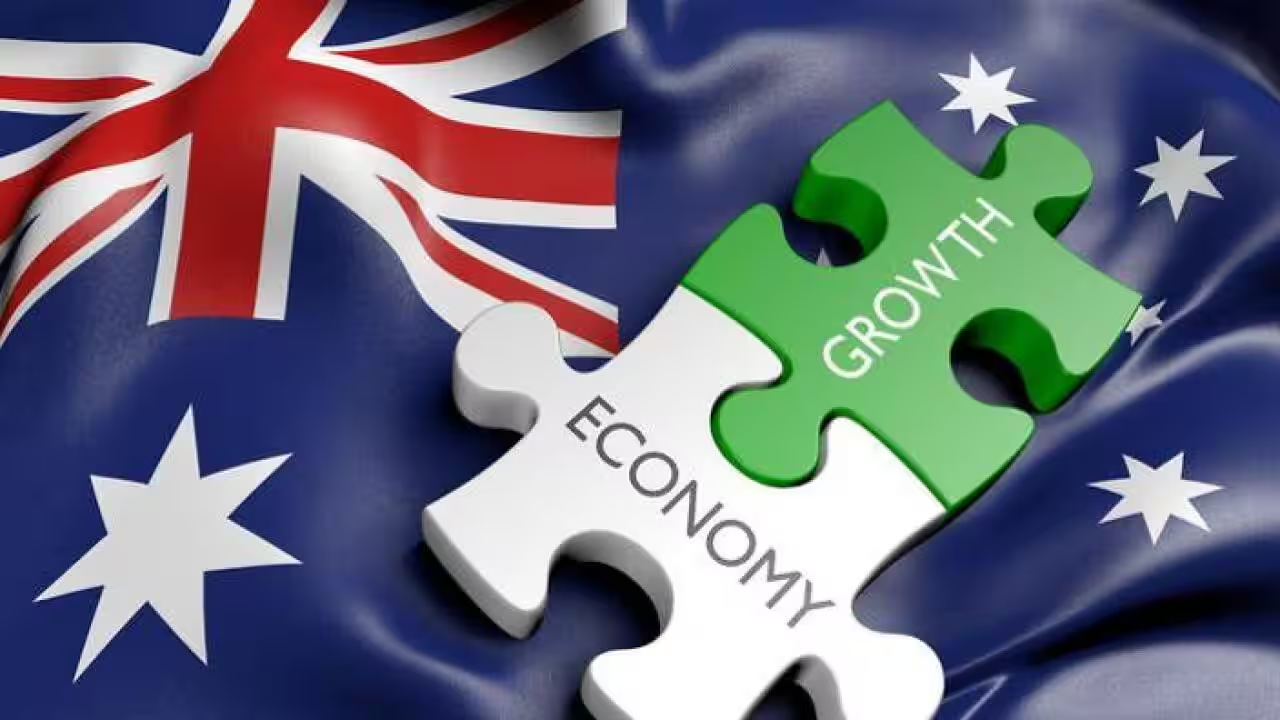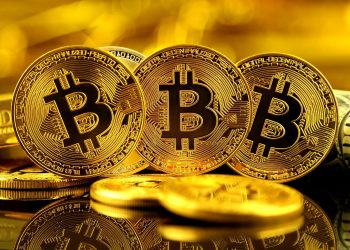Introduction
- Overview of Europe’s Energy Crisis: A brief introduction to the context of Europe’s current energy crisis, highlighting key factors such as the Ukraine-Russia war, disruptions in energy supplies, and the ongoing shift to renewable energy.
- Energy Dependence in Europe: Overview of Europe’s historical reliance on energy imports, particularly natural gas, and oil from Russia and other suppliers.
- Purpose of the Article: This article will explore the long-term economic consequences of the energy crisis in Europe, examining its effects on energy security, industrial production, household consumption, government policy, and regional competitiveness.
Section 1: Understanding Europe’s Energy Landscape
- Energy Mix in Europe: A discussion of Europe’s energy sources, including fossil fuels (natural gas, coal, oil), nuclear energy, and renewable energy (wind, solar, hydropower).
- Dependence on External Sources: The historical reliance of Europe on energy imports, especially natural gas and oil from Russia, and how this shaped the continent’s energy policies.
- Energy Transition and Sustainability Goals: Europe’s ambitious plans to decarbonize its energy sector by transitioning to renewables, the challenges of reducing dependence on fossil fuels, and the EU’s Green Deal.
- Energy Infrastructure and Integration: The state of Europe’s energy infrastructure, including pipelines, grids, and storage, and how integrated Europe’s energy markets are through entities like the European Energy Union.
Section 2: Causes of the Current Energy Crisis
- The Ukraine-Russia War: An in-depth exploration of how the war in Ukraine has disrupted Europe’s energy supplies, particularly natural gas and oil, from Russia. The sanctions on Russian energy and the political ramifications.
- Global Supply Chain Disruptions: The impact of COVID-19, labor shortages, and transportation bottlenecks on energy supply chains, and how these factors have exacerbated the crisis.
- Geopolitical Tensions and Energy Security: The shifting geopolitics in the energy market, particularly in relation to European relations with Russia, the U.S., and the Middle East.
- Weather and Climate Factors: How extreme weather events (heatwaves, cold snaps) and climate-related disruptions to energy production (such as droughts affecting hydropower) have added to the energy crisis.
Section 3: Economic Impacts of the Energy Crisis
- Rising Energy Prices: How the surge in energy prices, particularly for electricity and heating, is impacting both consumers and businesses across Europe.
- Household Impact: The effects on household budgets, especially for lower- and middle-income families, as energy costs rise.
- Business Impact: How high energy prices are affecting businesses, particularly energy-intensive industries such as manufacturing, chemicals, steel, and transportation.
- Inflation and Economic Slowdown: The relationship between rising energy prices, inflation, and the potential for a broader economic slowdown across Europe.
- Cost Push Inflation: The role of energy costs in driving up the price of goods and services, leading to inflationary pressures.
- Consumer Spending and Confidence: How rising energy costs impact consumer confidence, spending, and the potential for reduced consumption of non-essential goods and services.
- Energy-Intensive Industries and Competitiveness: The specific challenges faced by industries that rely heavily on energy inputs, such as aluminum, cement, and glass production. Potential relocation of industries to regions with lower energy costs.
- Risk of Deindustrialization: The possibility that industries might relocate outside Europe to countries with more favorable energy conditions, such as the U.S. or Asia.
Section 4: Long-Term Economic Growth Challenges
- Potential for Reduced Economic Growth: How high energy prices could lead to lower overall economic growth across Europe, particularly in the short to medium term.
- Impact on GDP Growth: Analysis of how energy costs contribute to slower GDP growth in major European economies like Germany, France, and Italy.
- Unemployment and Job Losses: The potential for job losses in energy-intensive sectors due to the increasing cost of doing business.
- Energy Poverty and Social Inequality: The risk of growing energy poverty, where low-income households struggle to afford energy bills, exacerbating social inequality.
- Impact on Public Health: The implications of energy poverty on public health and the strain on social safety nets, particularly in vulnerable communities.
- Government Responses: The political challenges for European governments in addressing the social impact of the energy crisis, such as rising fuel and electricity costs for citizens.

Section 5: Responses from European Governments and the EU
- Energy Security Measures: How European governments are reacting to the energy crisis, including diversifying energy suppliers, securing alternative sources of gas and oil, and building more energy storage capacity.
- Energy Independence: Europe’s efforts to reduce dependence on Russia, including increasing imports of liquefied natural gas (LNG) from the U.S. and other countries, and enhancing energy cooperation with renewable energy-rich regions.
- Strategic Reserves and Stockpiling: Measures taken by EU member states to build up strategic reserves and ensure energy security in case of disruptions.
- Government Subsidies and Price Controls: Policies designed to shield households and businesses from the full impact of rising energy costs, such as direct financial support, energy subsidies, and price caps.
- Renewable Energy Push: Accelerating investments in renewable energy sources like wind, solar, and hydrogen to ensure long-term energy sustainability and reduce vulnerability to fossil fuel price shocks.
- Green New Deal and Clean Energy Transition: EU initiatives like the Green Deal, RePowerEU, and investments in green hydrogen and offshore wind farms to diversify Europe’s energy mix and create a cleaner, more resilient energy infrastructure.
- Energy Efficiency Programs: Policies and programs to improve energy efficiency in homes, buildings, and industries to reduce energy consumption and reliance on fossil fuels.
Section 6: The Role of the Private Sector and Innovation
- Corporate Responses to Rising Energy Costs: How businesses are adjusting to high energy prices, including reducing energy consumption, investing in renewable energy, and passing costs onto consumers.
- Energy Efficiency Investments: How companies are investing in energy-saving technologies to mitigate the impact of rising energy costs, such as more efficient machinery, LED lighting, and smart grid technology.
- Innovation in Clean Energy: Private sector investments in renewable energy projects, carbon capture technology, and the development of alternative energy sources like green hydrogen.
- Technological Solutions for the Energy Crisis: The role of technology in solving the energy crisis, including innovations in energy storage, smart grids, and digitalization of energy markets.
- Grid Modernization and Decentralization: How new technologies are being implemented to create more resilient, decentralized energy grids that can better withstand disruptions and price fluctuations.
- Private-Public Partnerships (PPP): How partnerships between governments and private companies can accelerate the development of energy infrastructure, renewables, and innovations in energy storage.
Section 7: Long-Term Strategies for Economic Resilience
- Diversification of Energy Sources: The importance of diversifying energy sources (nuclear, renewables, geothermal, etc.) to reduce exposure to external shocks and price fluctuations.
- Regional Energy Integration: The role of European energy cooperation, such as cross-border electricity grids and energy-sharing agreements, in creating a more resilient and interconnected energy market.
- Economic Diversification: Strategies for reducing reliance on energy-intensive industries by encouraging the development of sectors like technology, services, and knowledge-based industries.
- Social Adaptation and Resilience: Building social resilience through policies that address energy poverty, support vulnerable populations, and ensure affordable energy access for all citizens.
- Public Awareness and Behavioral Change: Encouraging energy conservation and shifting consumption patterns through education campaigns, incentives for energy-efficient appliances, and community-based energy programs.
- Education and Workforce Transition: Preparing the workforce for the energy transition through re-skilling programs, particularly for workers in the fossil fuel industry, to ensure they can participate in the green economy.
Section 8: The Global Context: How Europe’s Energy Crisis Affects Global Economic Growth
- Impact on Global Trade and Markets: The global economic impact of Europe’s energy crisis, including the effect on energy prices worldwide and its potential to disrupt global supply chains.
- Energy Transition Global Leadership: Europe’s role in the global energy transition and how the energy crisis may influence global climate policy and energy investments.
- Global Energy Market Dynamics: How other regions, such as the U.S., China, and the Middle East, are affected by Europe’s energy situation and the shifting global energy market.
Conclusion
- Summary of Key Insights: Recap of the main points discussed throughout the article, including the causes and economic impacts of the energy crisis on Europe’s long-term growth.
- Looking Ahead: Speculative analysis of how the energy crisis may evolve in the coming years and the potential pathways for Europe to adapt and ensure long-term economic stability.
- Final Thoughts: The need for a comprehensive and balanced approach that includes both short-term relief measures and long-term strategies to ensure Europe’s energy security, economic growth, and sustainability.


































